| Of course, I am biased, but I believe that every person that gets pregnant and gestates a baby for 9 months and then goes through the intense experience of delivery, should go see a Pelvic Health Physical Therapist (or Occupational Therapist) in the postpartum period (even if it has been many years since the last delivery). At the Postpartum evaluation I can assess the integrity of the pelvic floor and the abdominal wall. When I assess the abdominal wall, besides checking for diastasis recti, I like to observe posture, breathing patterns and recruitment patterns of the core with different loads:
|
A Common Core Pattern: Overactive upper abs and rib gripping
Are you an overactive upper ab and rib gripper? How can you tell?
- Your lower abs stick out compared to upper abs or despite working out, your lower abs still don't get toned.
- When you engage your core you can see a crease across your ab above your belly button. You can see a demonstration of this in the blog mentioned above.
- Blow out really hard on your exhale like you are going to blow out 50 candle. Do your lower abs push out?
- When you lie on your back and lift both straight legs does your back arch, your neck tense, your ribs grip and your abs push out?
Even if you don't grip your upper abs, these moves can still be helpful for you!
| | | |
Susan McLaughlin is a physical therapist who specializes in the management of pelvic floor and orthopedic dysfunctions. She is the owner of ALIGN integration|movement in Salt Lake City, UT. Helpful tips and other self care strategies can be found at www.alignforhealth.com.

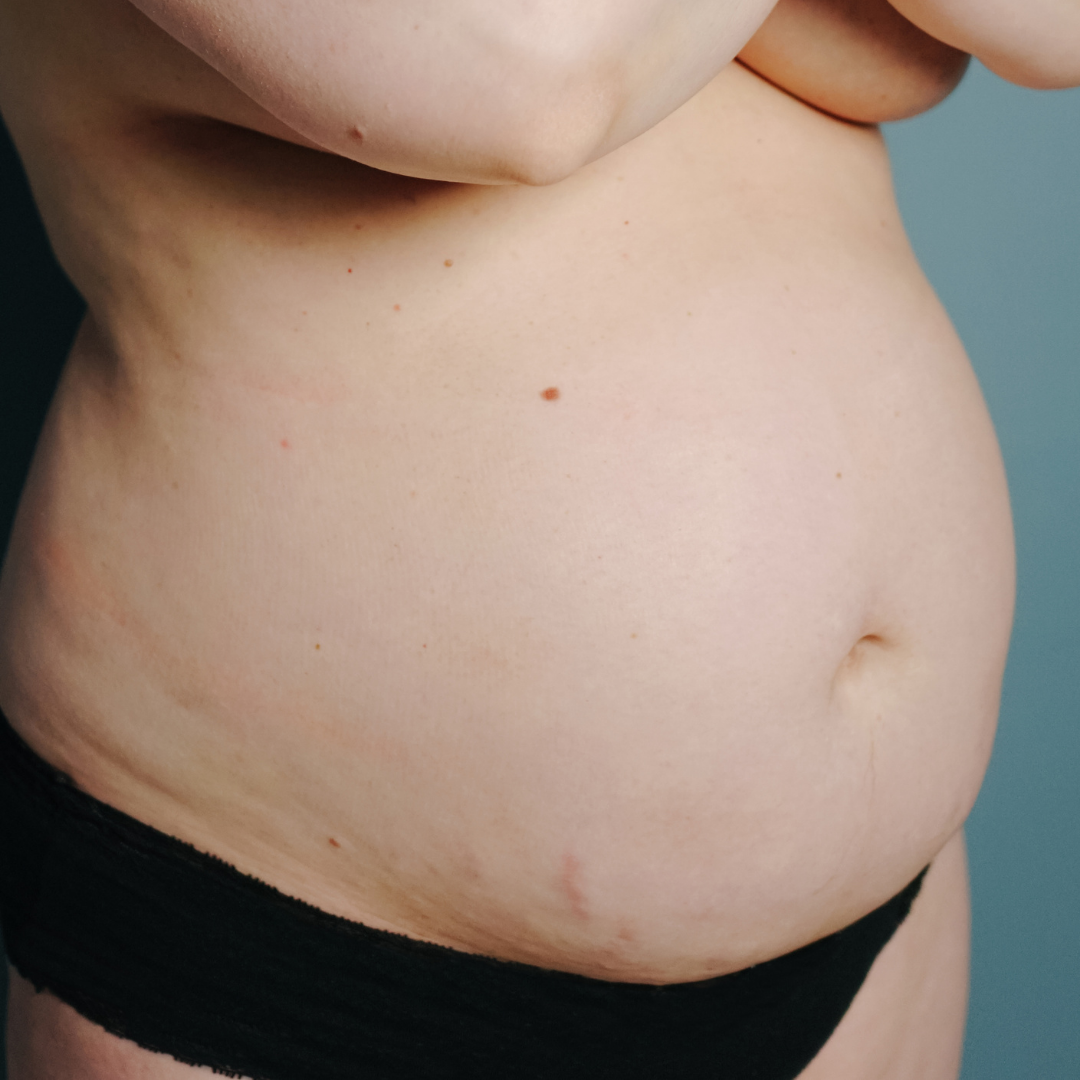

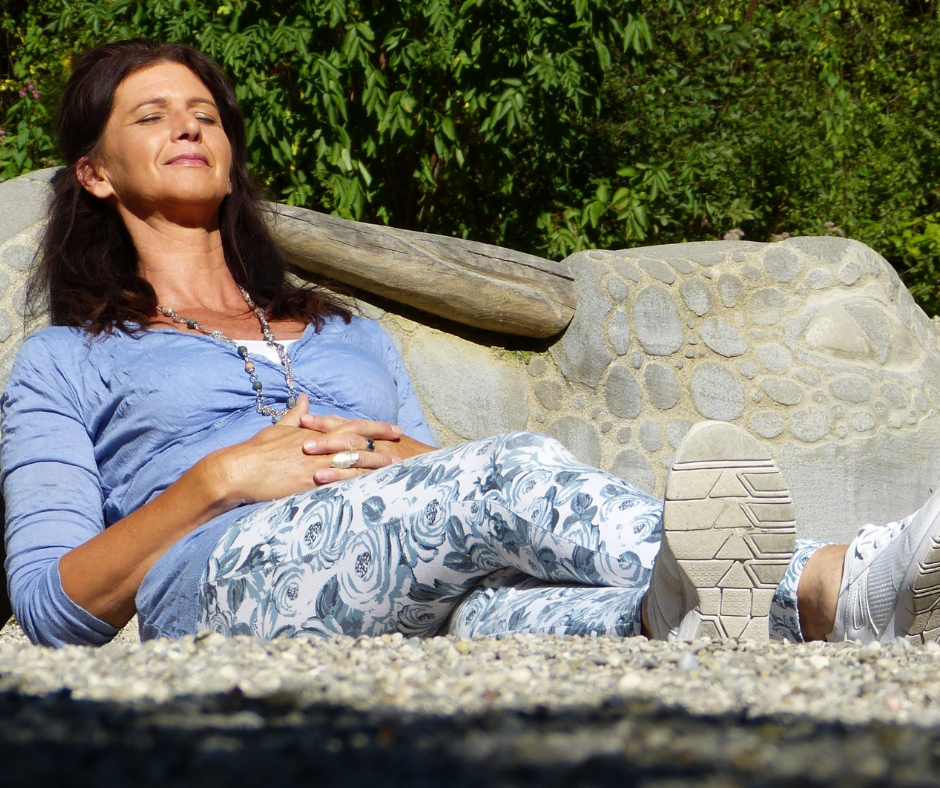
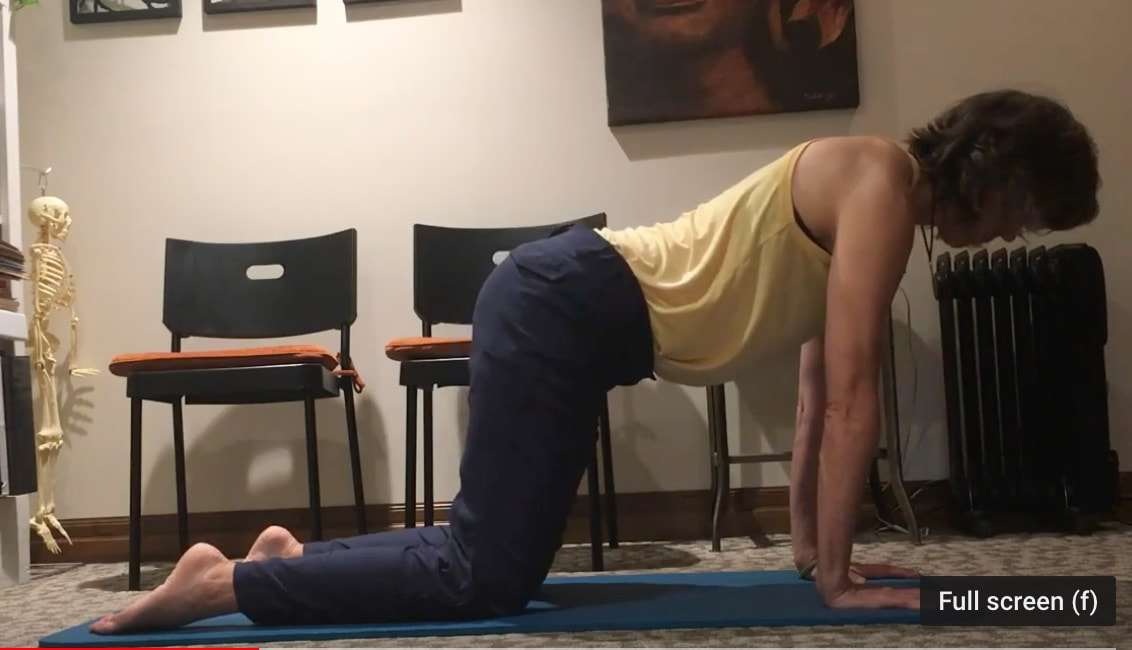

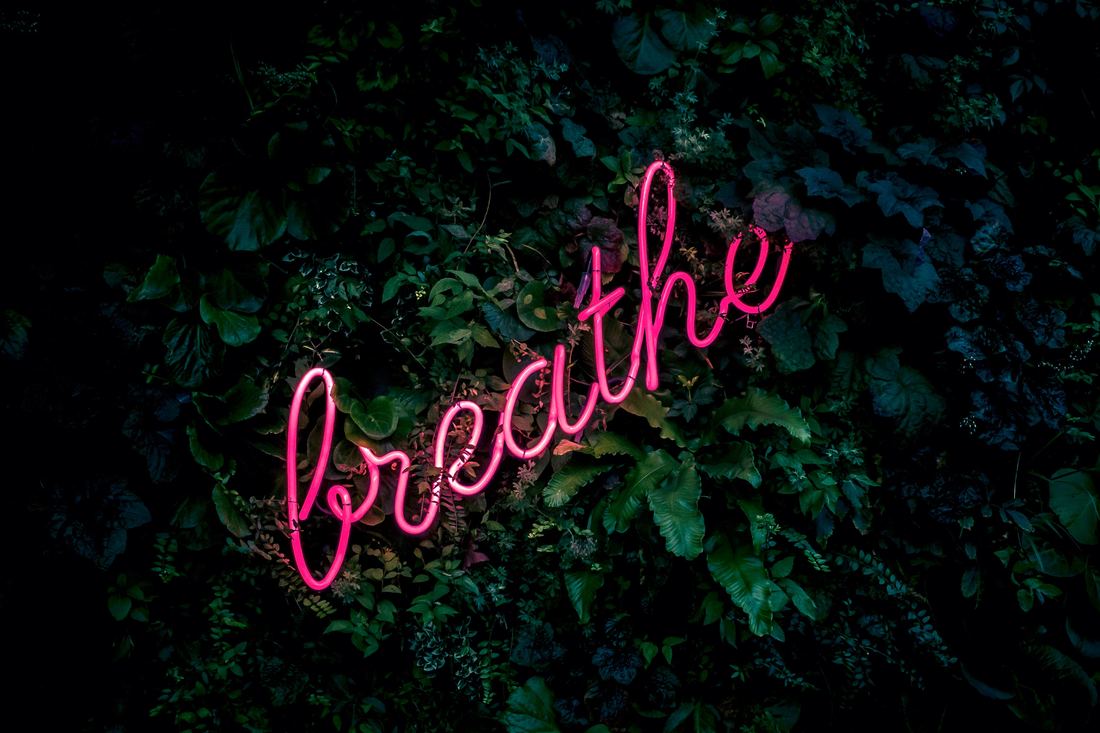

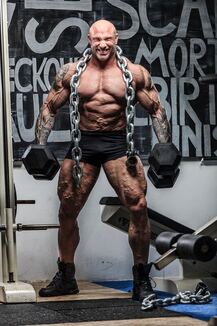

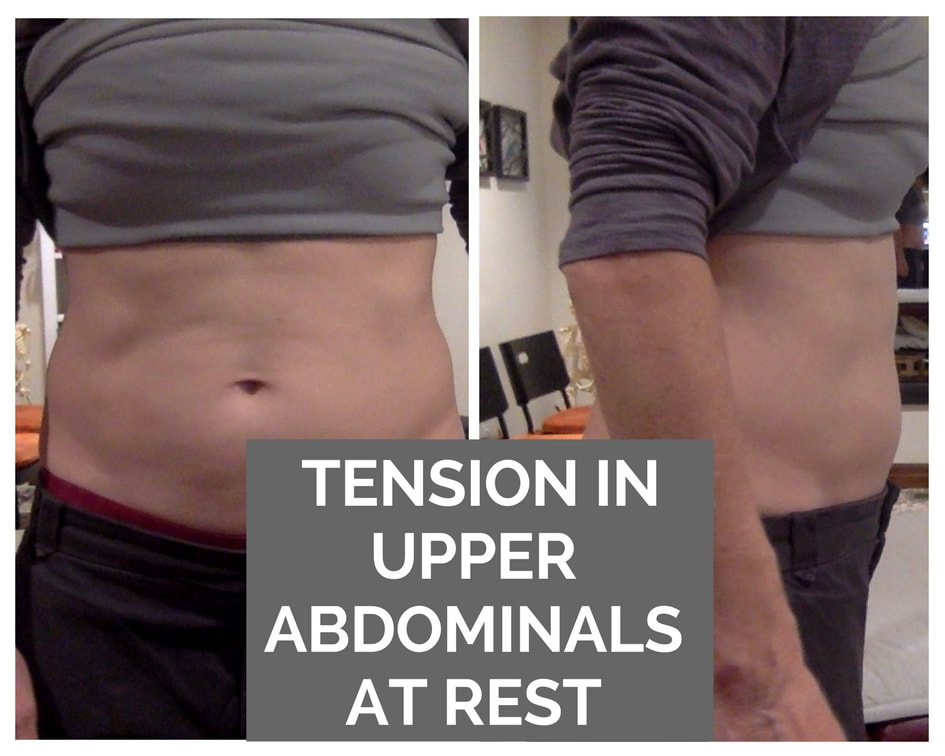
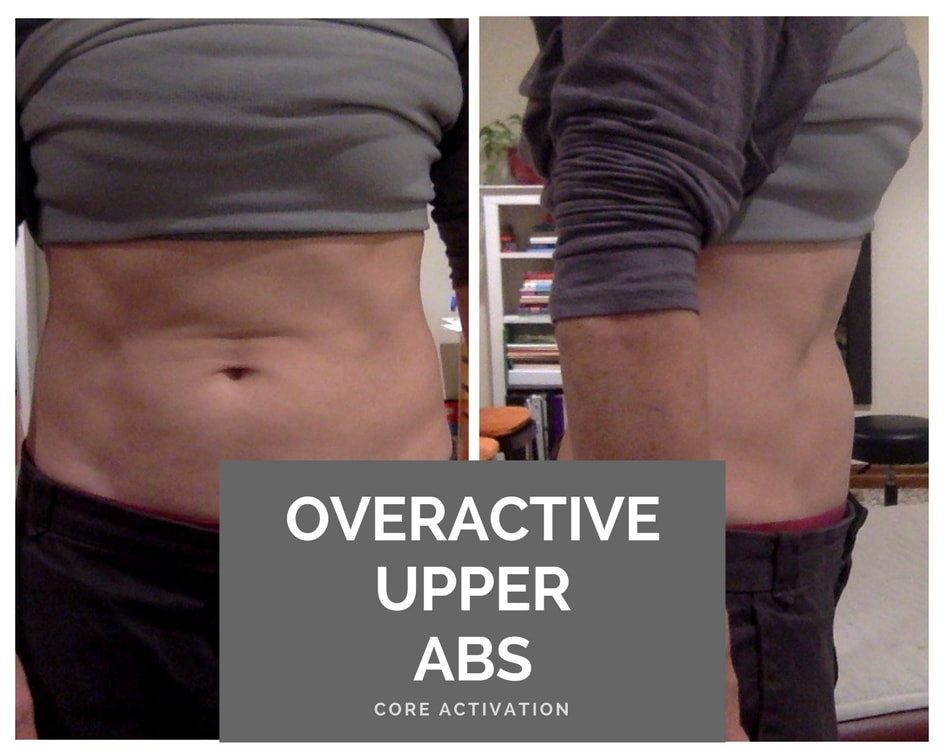
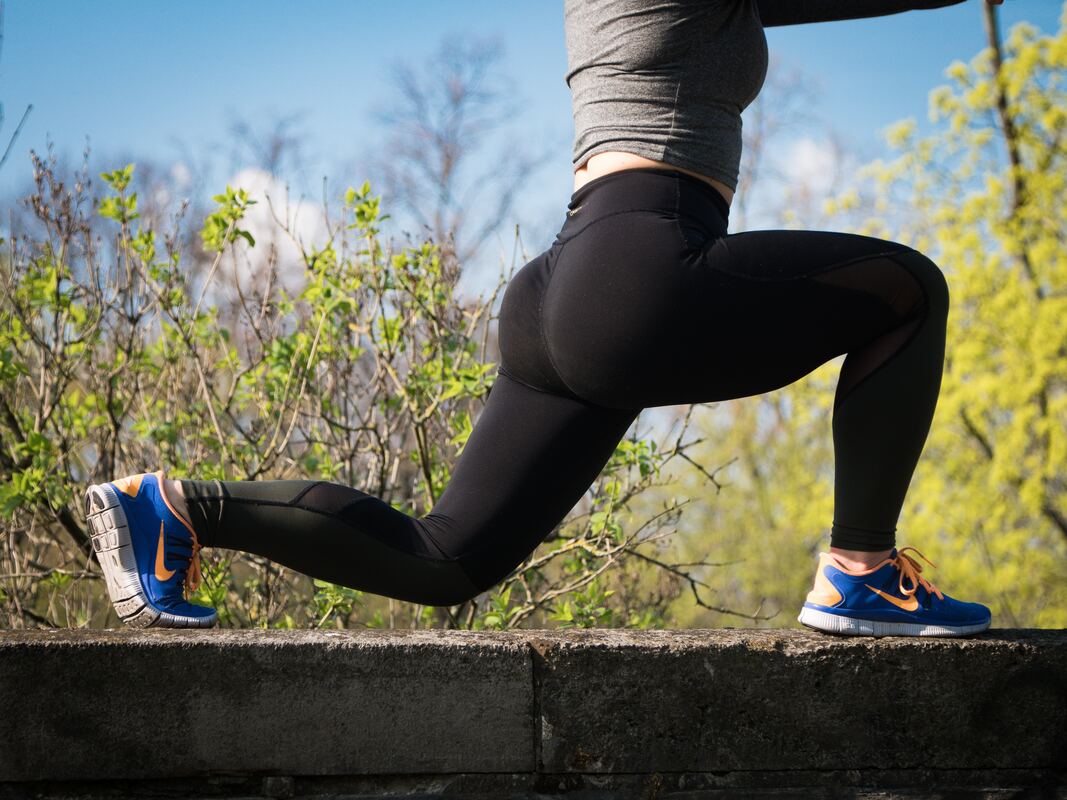






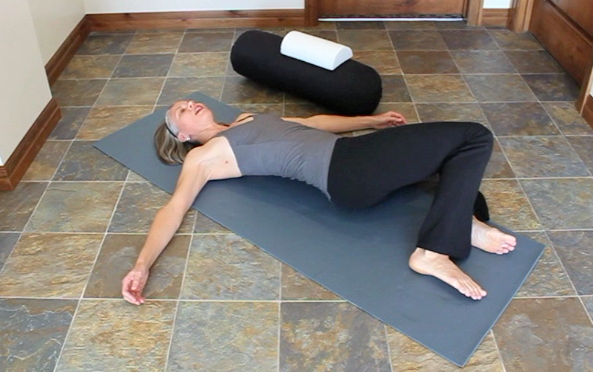
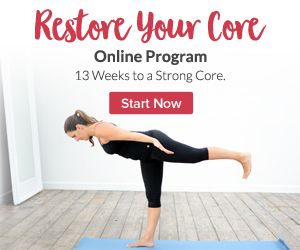
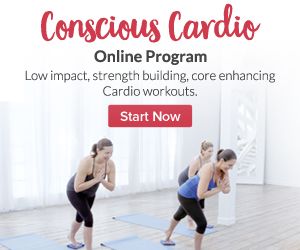
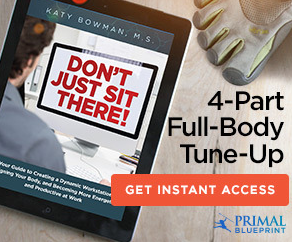
 RSS Feed
RSS Feed